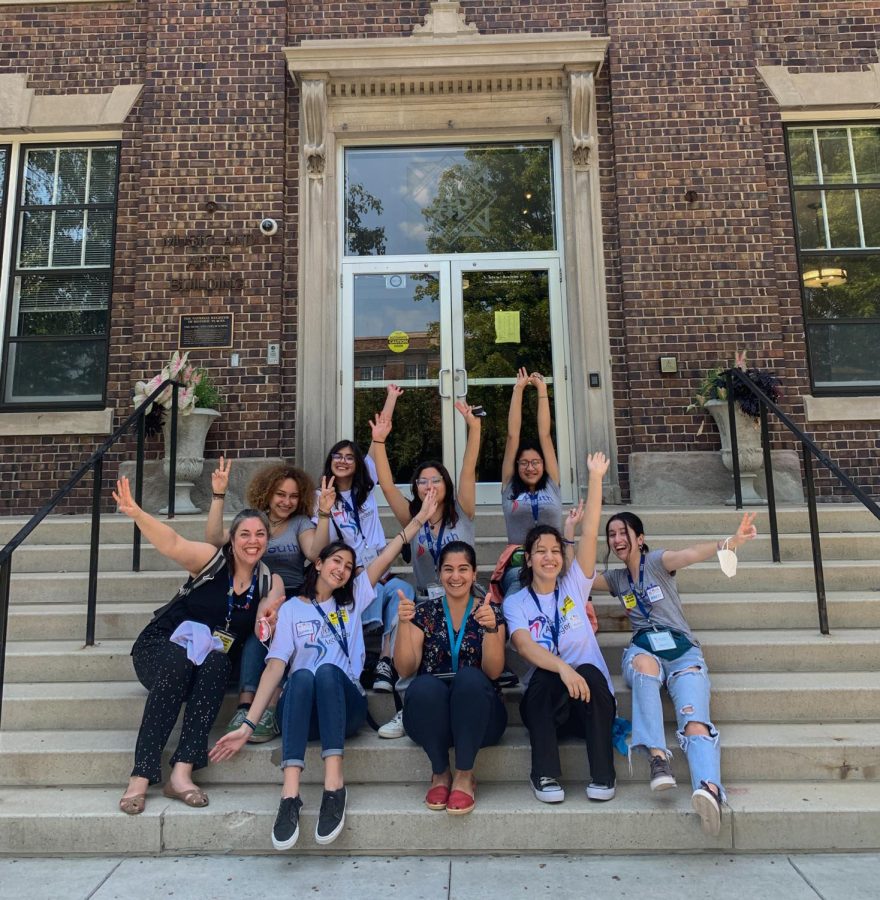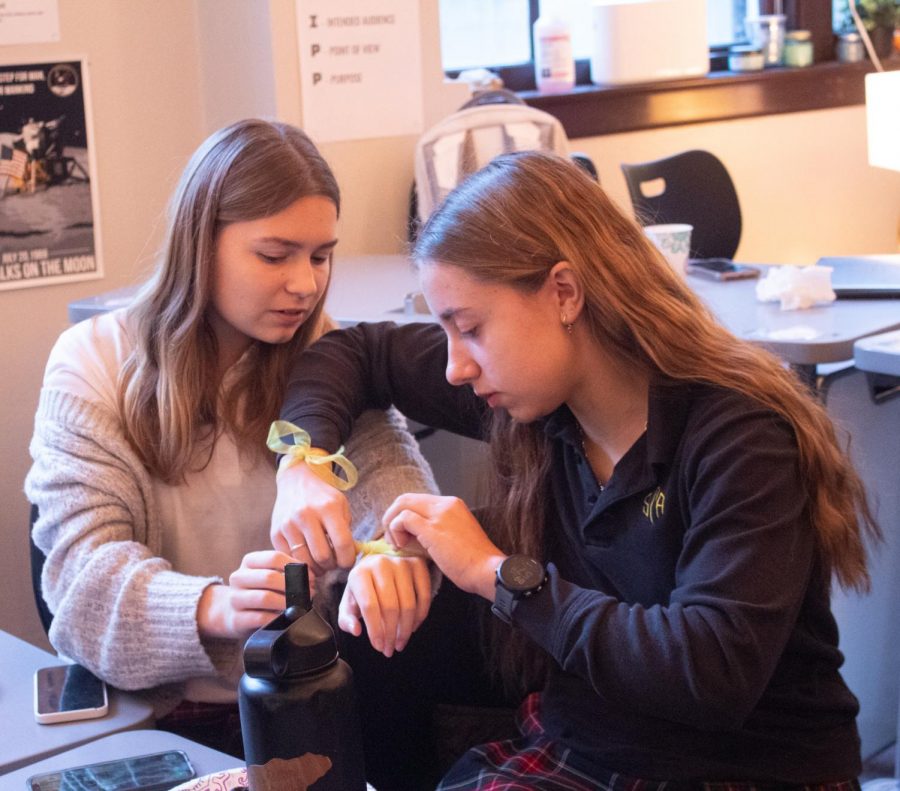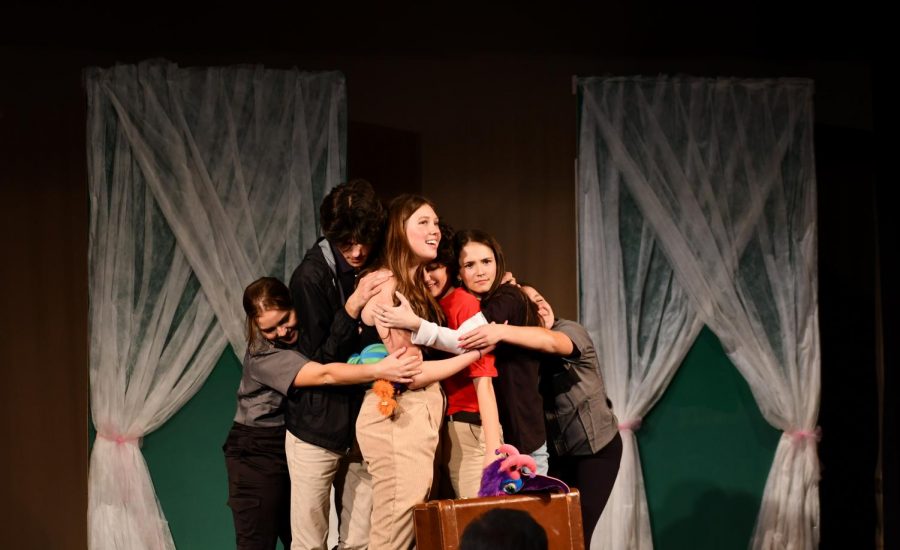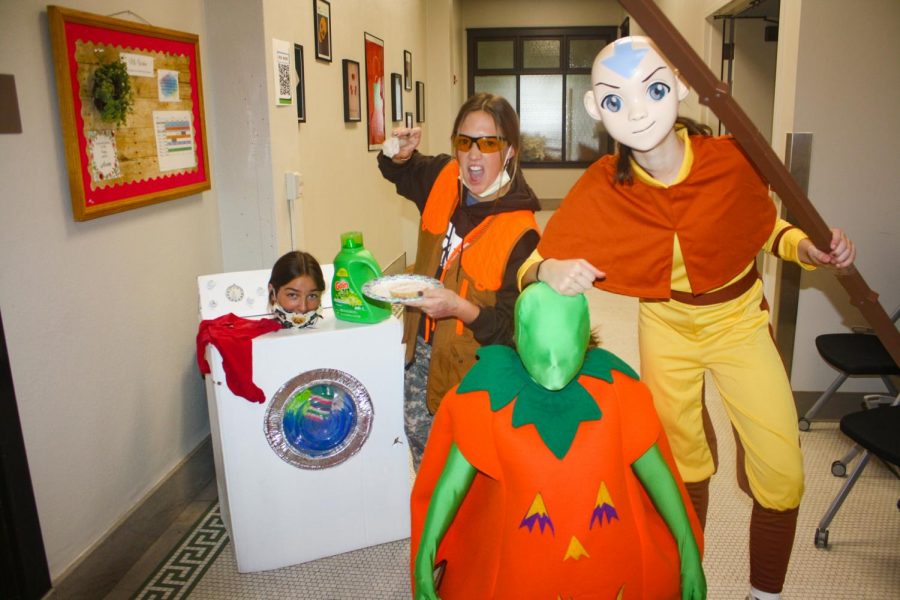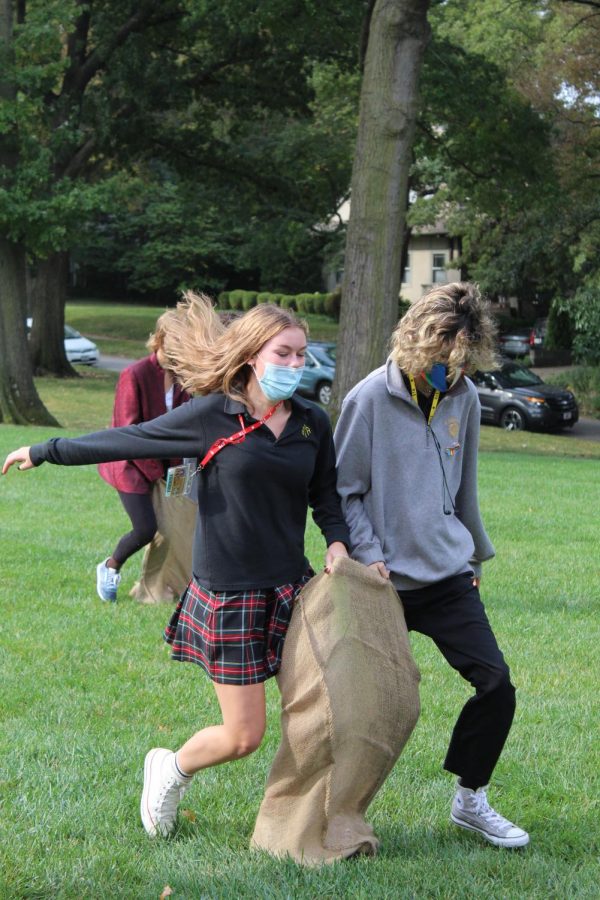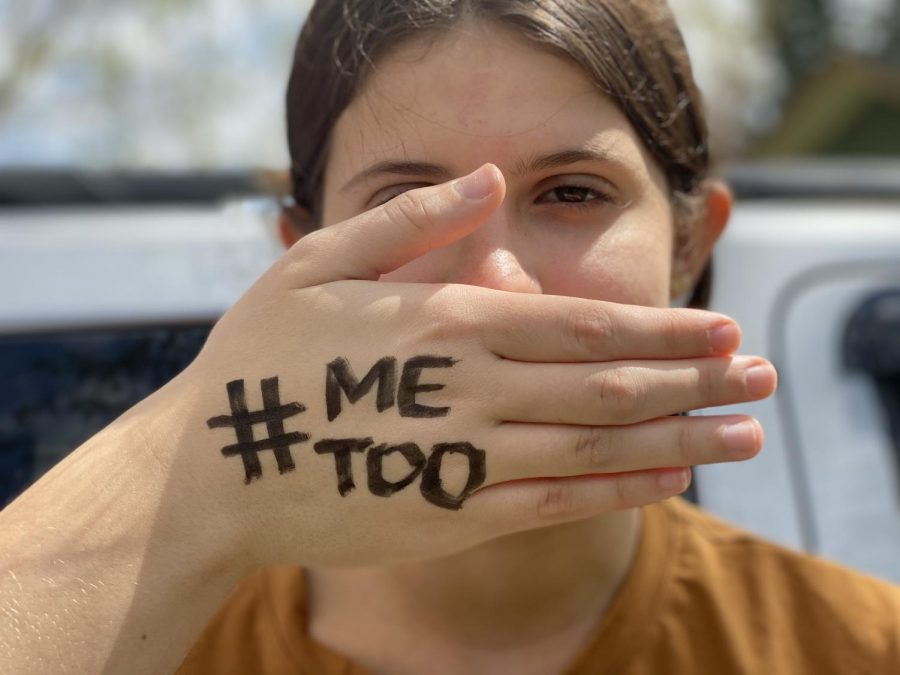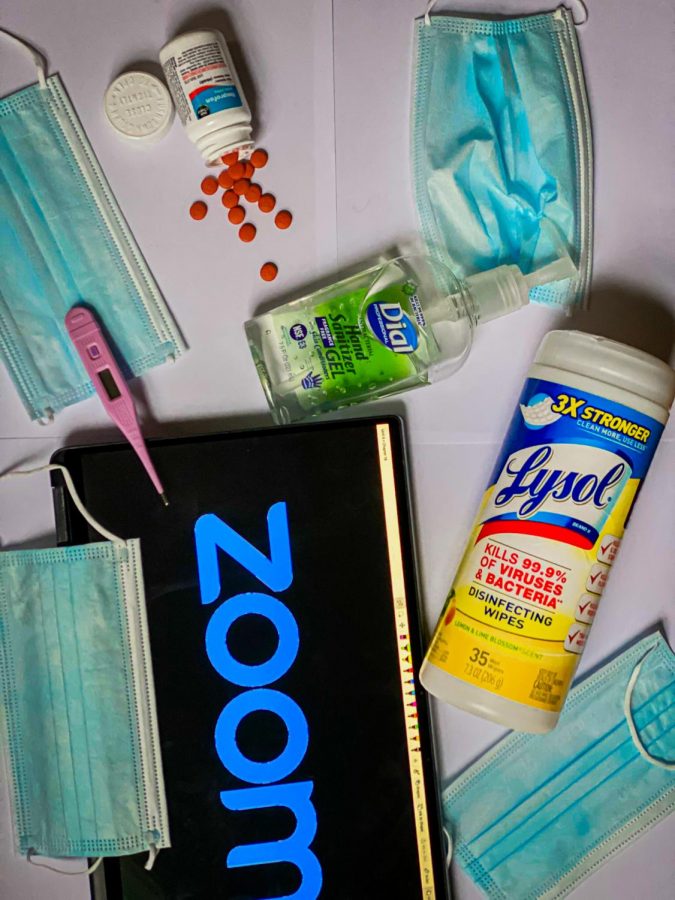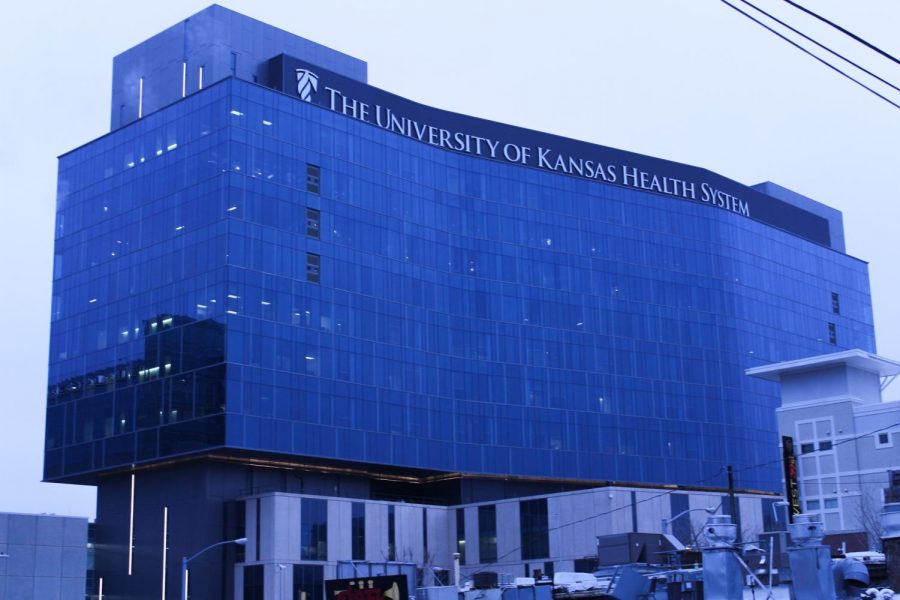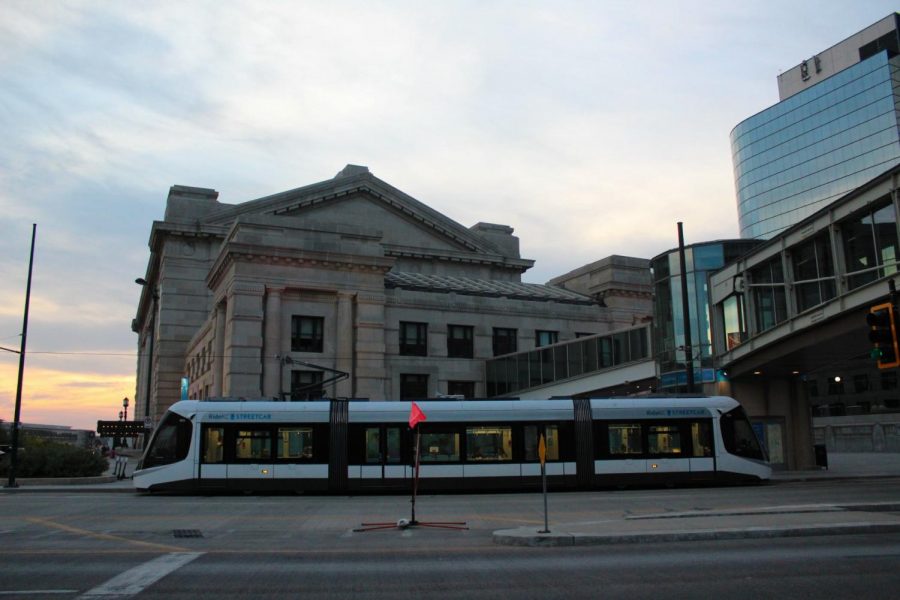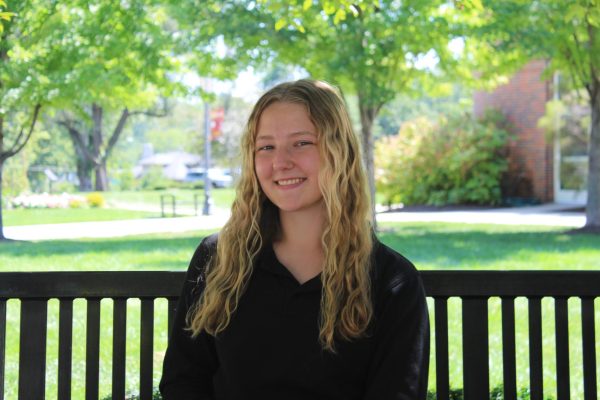Footsteps echo a little more loudly, the lunch room seems slightly more vacant and classrooms have more empty seats. The school halls may have seemed just a little emptier since the quarantine of 2020, and it’s no coincidence. In the wake of the COVID-19 pandemic, schools’ attendance levels have dropped nationwide, leading to widespread “chronic absenteeism,” defined by www.whitehouse.gov as students missing at least 10 percent of school days.
According to the website, “In the aftermath of the COVID-19 pandemic, one study found that the number of public school students who are chronically absent…has nearly doubled, from about 15 percent in the 2018-2019 school year to around 30 percent in 2021-2022.”
The Edweek website estimates that data puts the number of chronically absent students in the 2021-2022 school year at close to 14.7 million, as opposed to www.attendanceworks.org’s estimate of 8 million chronically absent students pre-COVID-19.
Chronic absenteeism threatens to have serious long-term consequences for students, such as difficulty learning to read and low test scores.
According to the White House, “Research shows that school absences take a toll on grades and performance on standardized tests. Beyond test scores, irregular attendance can be a predictor of high school drop-out, which has been linked to poor labor market prospects, diminished health and increased involvement in the criminal justice system.”
STA has not been immune to these dropped attendance levels post-COVID-19; according to principal for student affairs Liz Baker, there has been a significant difference.
“The trends that we see at St. Teresa’s are trends such as coming to school late, leaving during lunch or during a free…and leaving school early,” Baker said. “We had those kinds of absences pre-COVID, but not to the extent that we have now. I would say [we have seen] probably a 10 percent gain.”
Baker attributes the changes in attendance to a struggle to overcome the isolation of COVID-19 and a focus on mental health.
“Typically pre-COVID, kids would leave for lunch for a birthday party…or students would leave for appointments,” Baker said. “Now we’re seeing students leave for lunch because they need a break, or they need time to go home, get themselves together and come back.”
According to a website that analyzes trends in education, “Nearly half of all students surveyed in the 2022-23 school year reported that depression, stress or anxiety makes it hard for them to do their best in school. This proportion had increased steadily over the course of the pandemic, from 39 percent in spring 2020 to 48 percent in 2022-23.”
Baker says STA has sought to combat rising mental health issues by supporting students through multiple avenues.
“We need to be able to support each other in our mental health,” Baker said. “As a school we advocate for ‘Get here and you’ll be okay.’ We want people to feel like we’ve got the support they need. We have worked on the Achievement Center…we’ve hired a Math Hub person to support kids. We want kids to feel like they’ve got the support they need to be academically and mentally successful.”
Baker believes that getting to school can help provide students with tools to support their wellbeing. She fears that continued low attendance rates will impact students’ social skills in the long term.
“It’s soft skills more than anything,” Baker said. “Do you know how to line up? Do you know how to be quiet when somebody else is talking? Do you have active listening skills? Can you talk to somebody instead of text them? Those are skills that are taught in schools, in herd environments…It’s a different generation, and I think they’re going to demand different things, and we just have to be adaptable.”
On the whole, Baker conveys the importance of attendance through STA’s core values.
“I don’t want people to be isolated,” Baker said. “And I think that the more that we can put ourselves out there and be present for each other, you know, humanity needs each other. Loving the dear neighbor means you’ve got to connect with the dear neighbor, too. And I think those connections are huge. STA is not just academics: it’s community and culture. And if you miss that, you’re missing out on your best high school life you could have, so be here.”



